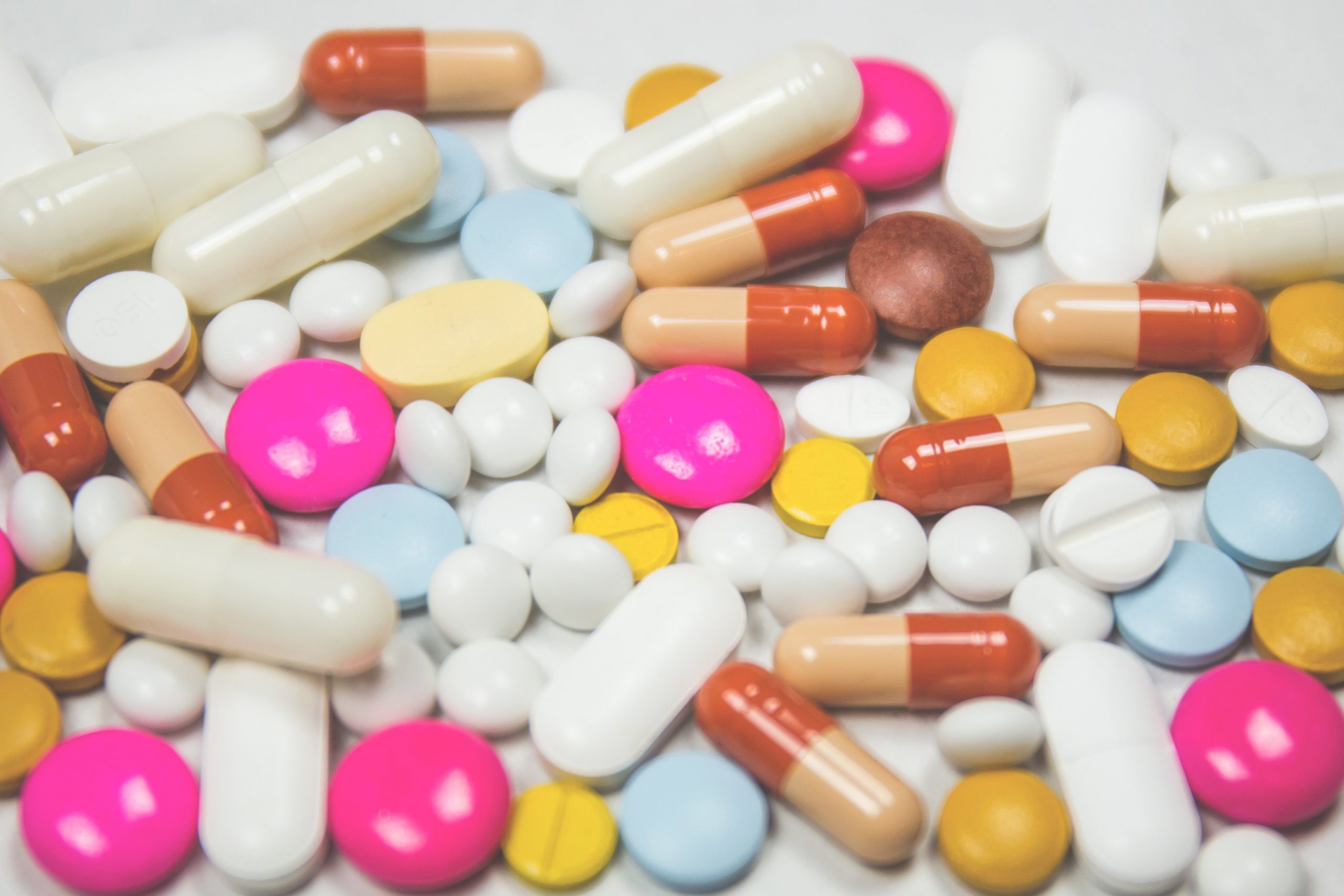Drugmakers increased more brand-name list prices this January than in any
other January in the past 10 years.
The month is marked by drug price increases every year, but a review by the
nonprofit 46brooklyin found that pharmaceutical companies had pushed through
929 price increases in the first 25 days of the year. That’s
more than the 737 price hikes they made in all of January 2020.
46brooklyn also examined the top 25 drugs by gross spending in Medicare Part
D and found that the pharmaceutical companies had increased the prices of 20 of
them by an average of 4.3% in January.
The median 2021 price hike by all drugmakers was 4.9% so far. 46brooklyin
surmised that the drug companies were using the COVID-19 crisis and the free
vaccines for people to push through higher prices.
The median increase thus far compares with 5% in 2020. 46brooklyn noted that
“Essentially, while the number of price increases is up, other measures
are showing trends that are not materially out of step with prior years.”
The company cited Pfizer, the first company to gain approval for its
COVID-19 vaccine in the U.S., which raised the prices of 193 of its name-brand
drugs in the first 25 days of the year. That’s compared with increases for 81
drugs in all of January 2020, a month that also included price decreases for 20
medicines. In January 2019, Pfizer raised the prices of 49 drugs and lowered
the price of one drug.
While Pfizer’s median increase was 0.5% this January, the average hike for
the company’s most popular brand-name drugs was 5%. The latter includes price
increases for popular medications like Xeljanz, which treats rheumatoid
arthritis, psoriatic arthritis and ulcerative colitis; Lyrica, used for nerve
and muscle pain; Ibrance, a breast cancer inhibitor; and the sedative Xanax.
Interestingly, the surge in price hikes comes after a slow 2020, when the
list prices for brand-name drugs grew at their slowest pace in two decades,
according to 46brooklyn.
A continuing trend
The price rises are a continuation of a decades-long trend. According to a
2020 study published in the Journal of the American Medical Association,
the net cost of medicine went up three times faster than the general rate of
inflation during the past decade.
Specialty drugs are the main drivers of rising prices. They account for
about half of total spending even though they only make up 2.2% of prescription
volume.
It should be noted here that patients rarely pay the list price for drugs,
and neither do insurers which contract with pharmacy benefit managers to reduce
their drug outlays. Final costs for people will vary depending on their
insurance, deductibles and copays.
Also, the actual net price, is greatly affected by rebates and
discounts from the list price. These numbers are never revealed to patients and
many large PBMs continue to keep these figures secret.





